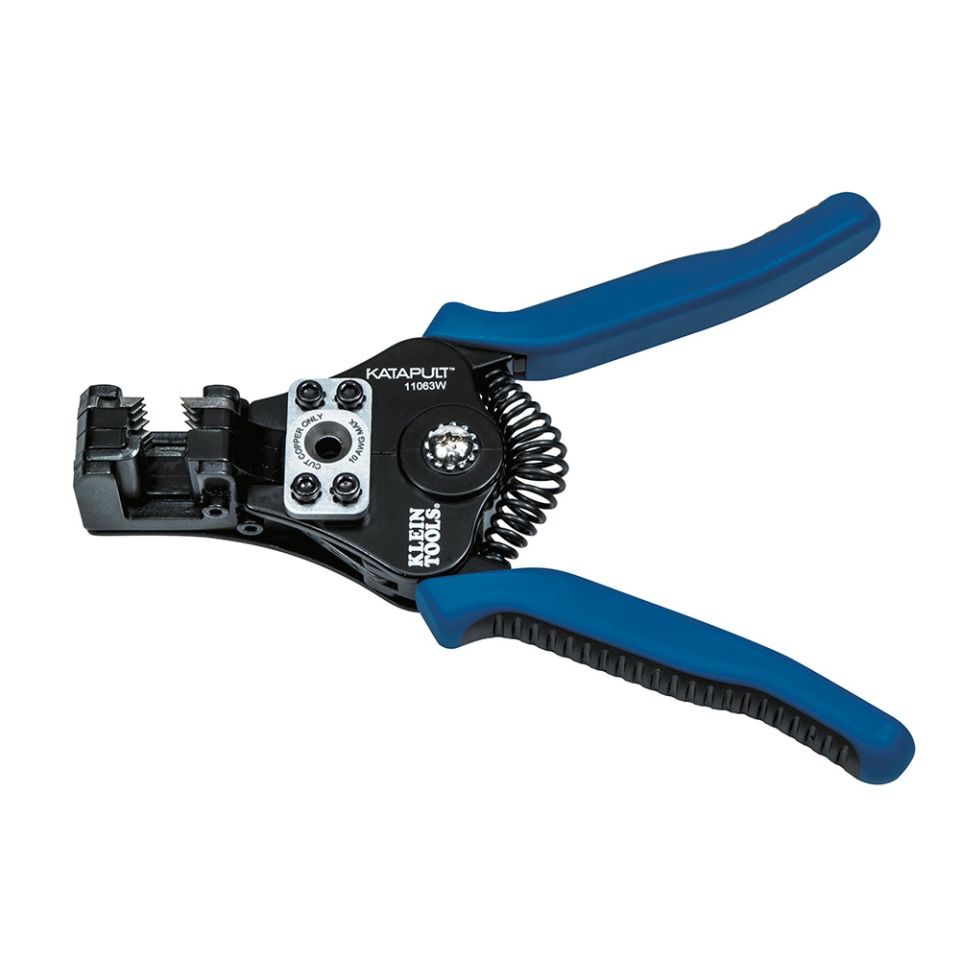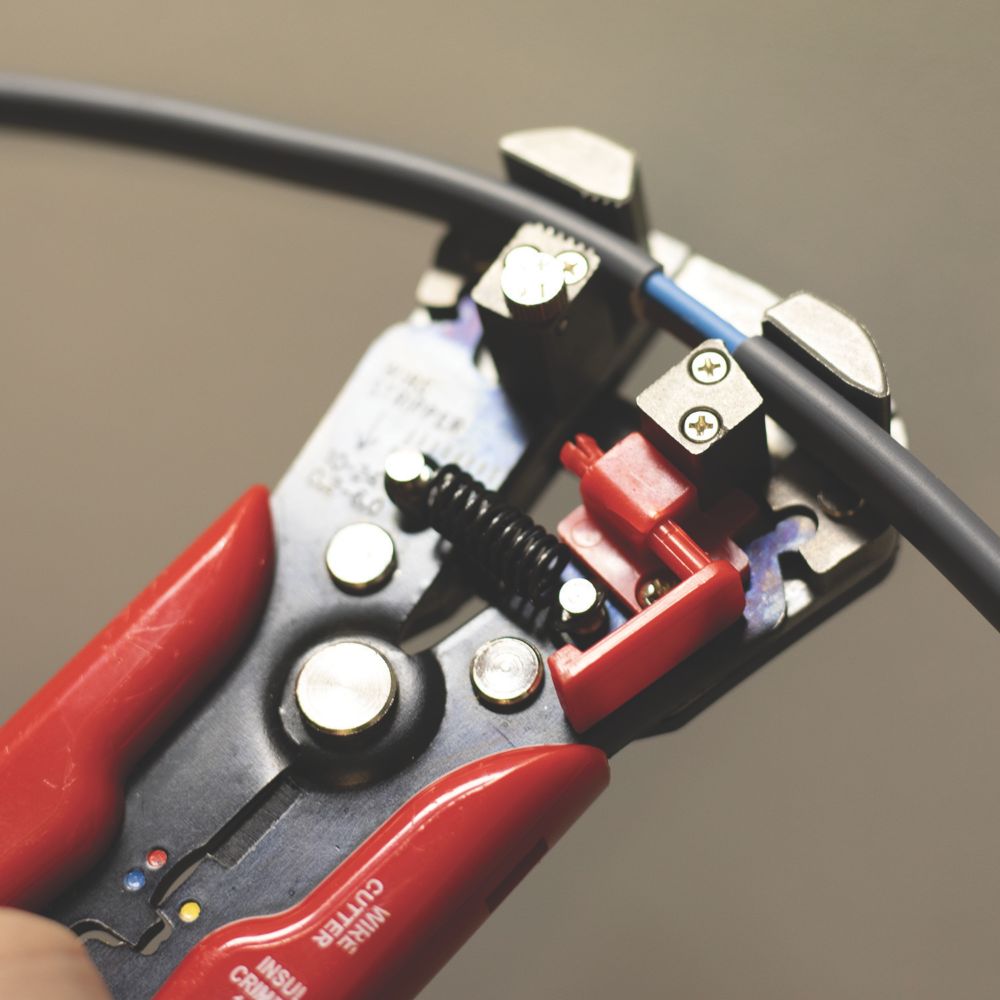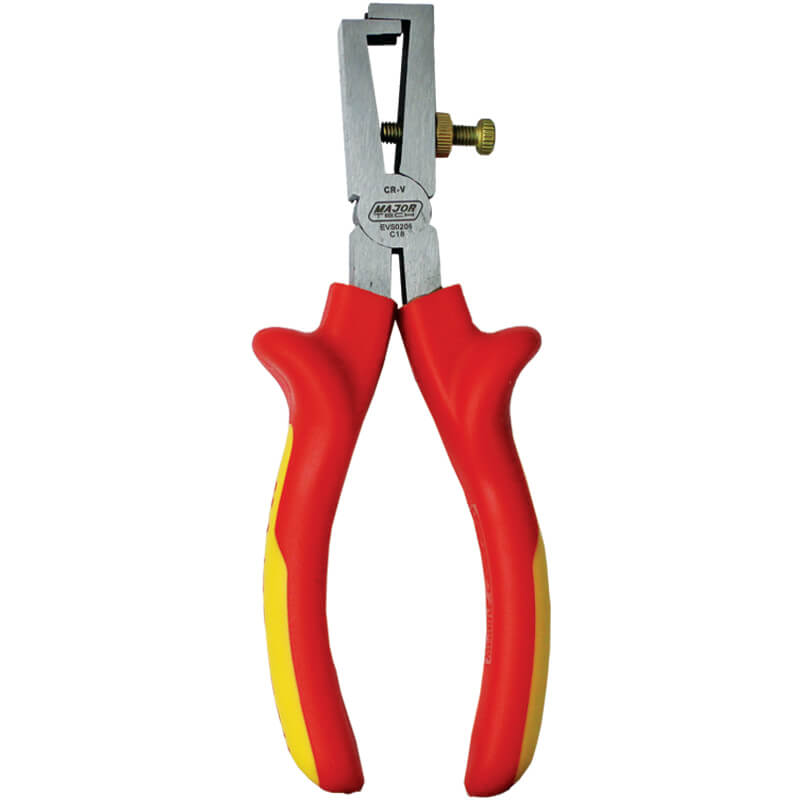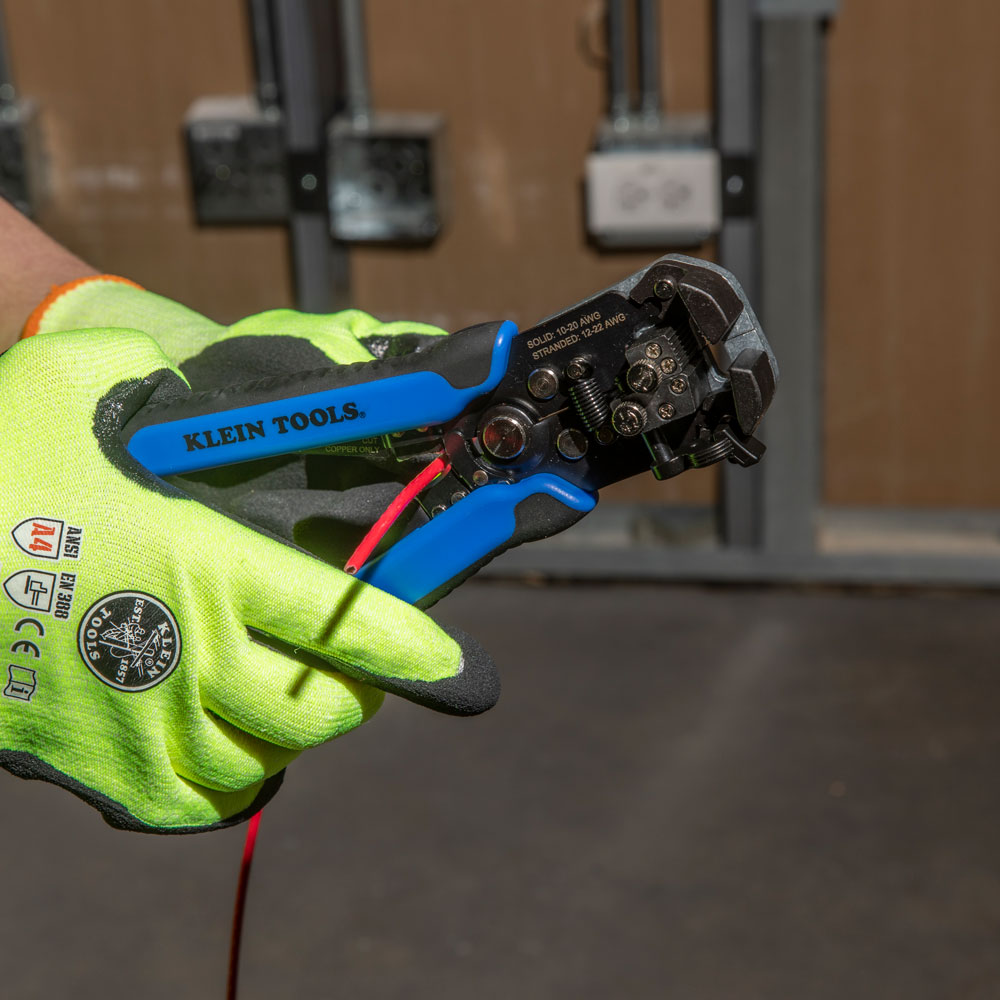
The Guide to Wire Stripper: Everything You Need to Know
Introduction
When using wire stripper, it’s important to take certain safety precautions to prevent accidents and injuries. Always wear safety goggles to protect your eyes from flying debris or sharp wire ends. Inspect the wire stripper for any damage or dull blades before use, and never use a damaged tool. When stripping wires, make sure to follow the manufacturer’s guidelines for the proper gauges and types of wires the tool can handle. Avoid using excessive force when stripping insulation, as this can damage the wire or the tool itself. Additionally, always cut the power source before working with live electrical wires, and use insulated tools to minimize the risk of electric shock.
Wire strippers are essential tools for anyone working with electrical wiring or cables. Whether you are a professional electrician or a DIY enthusiast, having the right wire stripper can make a world of difference in your work. In this comprehensive guide, we will explore everything you need to know about wire strippers, including their types, uses, and how to choose the best one for your needs.
Part 1: Understanding Wire Strippers
Level 1: What are Wire Strippers?
Wire strippers are hand-held tools used to remove the insulation from electrical wires to expose the metal conductor inside. This allows for proper connections to be made, whether it’s for splicing, attaching connectors, or terminating wires.
Level 2: Types of Wire Strippers
There are several types of wire strippers available, each designed for a specific purpose. Some common types include manual wire strippers, automatic wire strippers, and multipurpose wire strippers. Manual wire strippers require the user to manually adjust the blade to the desired wire size and then pull the wire through the tool to strip the insulation. Automatic wire strippers, on the other hand, feature a mechanism that automatically adjusts to the wire size and strips the insulation with a single squeeze of the handles. Multipurpose wire strippers are designed to strip insulation, cut wires, and crimp connectors, making them a versatile tool for various electrical tasks.
Part 2: Uses of Wire Strippers
Level 1: Electrical Work
One of the most common uses for wire strippers is in electrical work, such as installing light fixtures, outlets, and switches. Wire strippers are essential for preparing the wires to be connected and ensuring a secure and reliable electrical connection.
Level 2: DIY Projects
Wire strippers are also useful for DIY projects, such as building circuit boards, repairing appliances, or creating electronic devices. They allow for precise and clean wire stripping, which is crucial for the success of any project.
Part 3: How to Choose the Right Wire Stripper
Level 1: Consider the Wire Gauge
When choosing a wire stripper, it’s essential to consider the wire gauge or thickness you will be working with. Different wire strippers are designed for specific wire gauges, so selecting the right one will ensure efficient and accurate wire stripping.
Level 2: Ergonomics and Comfort
Since wire stripping can be a repetitive task, it’s important to consider the ergonomics and comfort of the wire stripper. Look for models with comfortable handles and easy-to-use mechanisms to reduce hand fatigue and improve overall efficiency.
Part 4: Tips for Using Wire Strippers
-
Use the appropriate wire strippers for the job. There are different types and sizes of wire strippers for different gauges of wire, so be sure to use the right one for the job.
- Carefully measure and mark the length of insulation to be removed before using the wire strippers. This will help ensure accuracy and prevent damage to the wire.
- Adjust the wire strippers to the proper gauge of wire by loosening the adjustment screw and sliding the cutting blades to the correct position.
- Hold the wire firmly in one hand while using the wire strippers with the other hand to avoid slipping and causing injury.
- Gently squeeze the handles of the wire strippers to cut through the insulation without damaging the wire underneath.
- After making the initial cut, carefully pull the insulation off the wire using the wire strippers, making sure not to pull too hard to avoid damaging the conductor.
- Check the stripped end of the wire for any nicks or damage to the conductor. If there are any, trim them with the wire strippers to ensure a clean, proper connection.
- Always wear safety goggles when using wire strippers to protect your eyes from any flying debris.
- Store wire strippers in a dry place to prevent rust and keep them sharp and in good working condition.
- Practice using wire strippers on scrap wire before attempting to strip wires in an actual project to ensure proper technique and avoid mistakes.
Part 5: Top Wire Stripper Brands and Models
Store wire strippers in a dry, clean environment to prevent rust and corrosion. Finally, periodically inspect the tool for any signs of wear or malfunction, and address any issues promptly to prevent further damage or safety hazards. With proper maintenance, wire strippers can provide years of reliable service for your electrical projects.
Level 1: Klein Tools
Klein Tools is a well-known brand in the electrical industry, offering a wide range of high-quality wire strippers for professionals and DIY enthusiasts. Their wire strippers are known for their durability, precision, and ergonomic design.
Level 2: IRWIN Tools
IRWIN Tools is another reputable brand that manufactures reliable and efficient wire strippers. Their products are designed to meet the needs of professionals and hobbyists alike, with a focus on performance and user comfort.

Part 5: Maintenance and Care of Wire Strippers
Proper maintenance of wire strippers is essential to ensure their longevity and effectiveness. After each use, clean the tool to remove any debris or residue that may have accumulated. Inspect the blades for any nicks or damage, and sharpen or replace them as needed. Lubricate any moving parts according to the manufacturer’s instructions to keep the tool operating smoothly.
-
Keep the cutting edges sharp and clean by regularly cleaning and inspecting the blades for any debris or build-up. This can be done with a soft cloth and a small amount of oil.
- Ensure that the wire stripper is kept dry and free from rust by storing it in a clean. Dry place when not in use.
- Use the wire stripper only for its intended purpose and do not use it on materials.
- Inspect the handles and grips for any signs of wear and tear, and replace them if necessary to maintain a secure and comfortable grip.
- Regularly check the adjustment screws and moving parts for any signs of looseness or damage. And tighten or replace them as needed to ensure smooth operation.
- Clean the wire stripper after each use, especially if it has been used on dirty or oily materials, to prevent build-up and damage to the cutting edges.
- If the wire stripper becomes damaged or dull, have it professionally sharpened or replaced to ensure safe and efficient operation.
- Always follow the manufacturer’s instructions and guidelines for proper maintenance and care of your specific wire stripper model.
Part 6: Safety Precautions When Using Wire Strippers
- Always wear safety glasses to protect your eyes from any flying debris while using wire strippers.
- Keep your fingers and hands away from the cutting edges of the wire strippers to avoid injury.
- Make sure to use the appropriate size and type of wire strippers for the specific job and wire gauge.
- Inspect the wire strippers for any damage or wear before using them to ensure they are in proper working condition.
- Use a stable and flat surface to work on while using wire strippers to prevent accidents or slips.
- Always cut away from your body and be mindful of the direction of the cutting action to avoid accidental cuts.
- Keep the wire strippers clean and free from dirt and debris to maintain their effectiveness and prevent accidents.
- Store wire strippers in a safe and secure location to prevent damage and keep them out of the reach of children.
- Do not use wire strippers near flammable materials or in wet conditions to avoid the risk of fire or electric shock.
- Read and follow the manufacturer’s instructions and guidelines for the specific type of wire strippers being used.
Conclusion
Wire strippers are indispensable tools for anyone working with electrical wiring or cables. By understanding the different types of wire strippers, their uses, and how to choose the right one, you can ensure efficient and precise wire stripping for all your projects. With the tips for using and maintaining wire strippers, as well as the top brands and models to consider, you can confidently select the best wire stripper for your needs and achieve professional results in all your electrical work.
Wire stripper is a type of hand tool used to remove the insulation from electrical wires. They have a pair of sharp blades that cut through the insulation without damaging the wire underneath. This allows the user to easily strip off the insulation and expose the bare wire for connection to electrical devices. Wire strippers come in various sizes and styles to accommodate different wire gauges and insulation types. They are commonly used by electricians, technicians, and DIY enthusiasts for electrical wiring and repair tasks.



